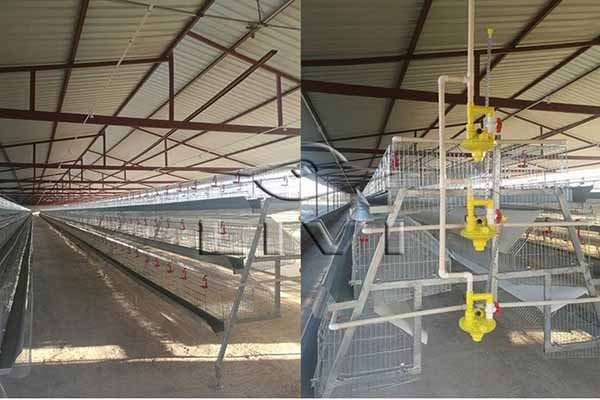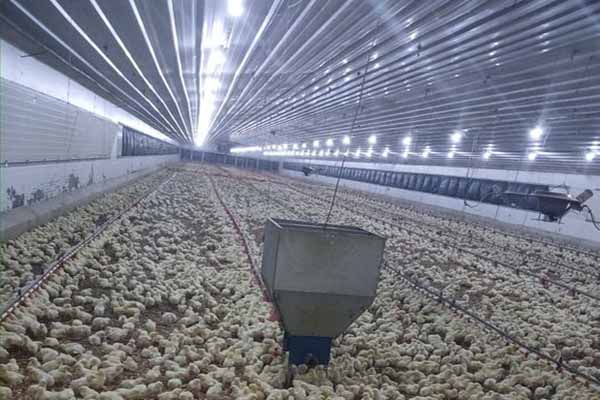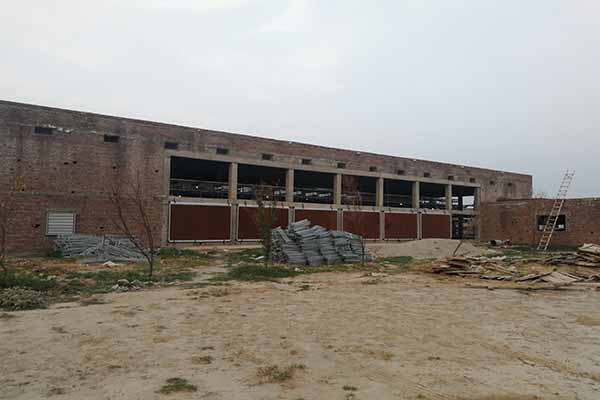The Cost of Transporting Poultry Cages: A Comprehensive Analysis
Transporting poultry cages is a critical aspect of the poultry farming industry. The cost associated with this process can significantly impact the overall profitability of a poultry farm. In this article, we will delve into the various factors that contribute to the cost of transporting poultry cages, and provide insights into how poultry farmers and investors can optimize their transportation costs.
Factors Influencing the Cost of Transporting Poultry Cages
- Distance: The distance between the farm and the transportation hub is a major factor in determining the cost. Generally, the longer the distance, the higher the transportation cost.
- Volume of Cages: The number of cages being transported can affect the cost. More cages typically mean a higher cost due to the increased space and resources required.
- Transportation Method: The mode of transportation, such as trucks, trailers, or rail, can impact the cost. Each method has its own advantages and disadvantages in terms of cost and efficiency.
- Time of Year: Seasonal demand can influence transportation costs. For example, during peak seasons, transportation companies may charge higher rates.
- Insurance and Safety: Ensuring the safety of the poultry during transportation often requires additional costs, such as insurance or specialized equipment.
According to a report by the United States Department of Agriculture (USDA), the average cost of transporting poultry cages per mile in the United States ranges from $0.20 to $0.30.

Optimizing Transportation Costs
Here are some strategies poultry farmers and investors can employ to optimize transportation costs:
- Plan Ahead: By scheduling transportation in advance, farmers can take advantage of lower rates and ensure availability of transportation resources.
- Choose the Right Transportation Method: Evaluate the benefits and costs of each transportation method to select the most cost-effective option for your specific needs.
- Optimize Cages Layout: Efficiently arranging poultry cages in the transportation vehicle can reduce the overall space required and lower transportation costs.
- Build Long-Term Relationships: Establishing a good relationship with transportation providers can lead to better rates and service over time.
Table 1: Average Cost of Transporting Poultry Cages by Method
| Transportation Method | Average Cost per Mile ($) |
|---|---|
| Truck | $0.20 – $0.30 |
| Trailer | $0.25 – $0.35 |
| Rail | $0.15 – $0.25 |
By implementing these strategies, poultry farmers and investors can effectively manage their transportation costs and enhance their overall profitability.
Contact Us for Free Chicken Farm Design and Equipment Quotation
At LIVI Machinery, we specialize in providing innovative solutions for the poultry farming industry. If you’re looking to optimize your poultry farm’s operations and reduce transportation costs, we invite you to contact us. Our team of experts can offer you a free chicken farm design and equipment quotation to help you achieve your goals.
Don’t hesitate to reach out to u s wi
s wi th any questions or concerns. We look forward to assisting you in your journey towards a more efficient and profitable poultry farming business.
th any questions or concerns. We look forward to assisting you in your journey towards a more efficient and profitable poultry farming business.




